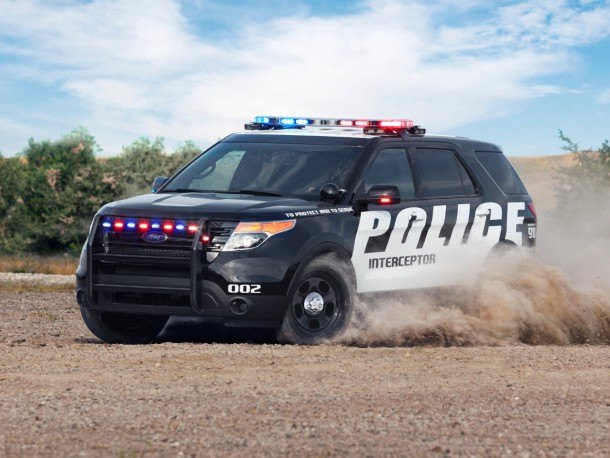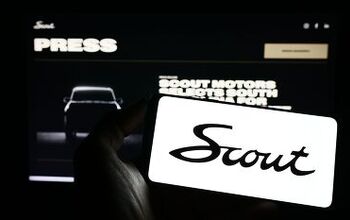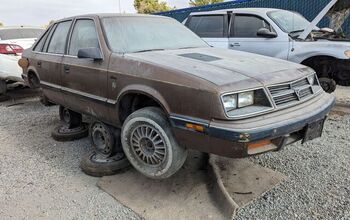Ford Recalls 285,000 Vehicles; Sudden First-Gear Downshifts Reported

Ford Motor Company issued three recall notices today, but top billing goes to a sensor problem linked to the sudden downshifting (to first gear!) of certain vehicles.
That safety recall involves 202,000 2011-2012 Ford F-150, 2012 Expedition, Ford Mustang and Lincoln Navigator vehicles.
The problem stems from the output speed sensor on the vehicle’s transmission lead frame, which can go haywire and prompt a sudden downshift to first gear. Depending on the vehicle’s speed, this can lead to a lockup of the rear wheels, and a potentially dangerous skid.
Three accidents, but no injuries, are linked to the malfunction. Updates will be made to the software of the powertrain control module on recalled vehicles to prevent the downshift, and the lead frame replaced at no charge to keep customers happy and Ford-friendly.
Ford is also recalling 81,000 2014-2015 Explorer and Police Interceptor Utility models to inspect rear suspension toe links.
“In certain vehicles, it is possible that the left and right rear suspension toe links could fracture due to poor weld quality,” the automaker stated. “This condition could result in rear suspension noise, difficulty steering or loss of steering control, increasing the risk of a crash.”
One suspension-linked crash has resulted in an injury to the occupant.
Sticking with the truck theme, Ford wants to track down 2,600 2016 Super Duty vehicles that rolled off the assembly line with possible damage to the tire sidewall. The damage could cause the tire to rupture, resulting in scenarios limited only by your imagination.
The company blames the factory’s conveyor for the damage.
All in all, a bad PR day for the “Built Ford Tough” slogan.
[Image: Ford Motor Company]

More by Steph Willems


































Comments
Join the conversation
Crazy! I just today heard from a guy who had his F150 fixed after this exact problem had caused a 6-2 downshift, locking up the rear. Between this kind of shenanigans, and them encouraging people to become fat and lazy enough to die of early heart attacks; slush boxes are definitely a public health hazard. Obama should institute tax credits for manuals. For the children.
Just took a nice long 1,000 mile trip in middle U.S. People drive these monster pickup trucks like they're sports cars, blowing by me when I was going 85 miles per hour like i was standing still. I don't wish death or injury upon any of my fellow Americans but I would love to see a tire rupture in a big 7,000 pound F-450 at 110 MPH. Bet it would be loud, nasty and spectacular!
The GMT900 trucks with good highway tires feel pretty stable going fast in a straight line. I imagine all the similar and newer generation trucks from other makers are the same. The problem is, most of the owners put lift kits, bottom-of-the-barrel suspension components and bottom-of-the-barrel off-road tires on. I'm sure those off-road tires are not rated for the kind of speeds the owners achieve, and all that wind going underneath the lifted truck can't be good news.
I would be concerned about physical damage to components from dropping to first gear at highway speed - most of these new autos have a really low 1st gear. I'm also surprised that there isn't logic in place to prevent an immediate gear change based on the loss of a sensor input. My logic would be if nothing else has changed, but output shaft speed went from 3,000 rpm to zero, and all other turbine speed sensors, ABS wheel sensors, engine RPM, TC slip RPM sensors, etc. remained the same, do something sane - like a limp mode in 3rd - or do nothing aside from lighting the AT idiot light.